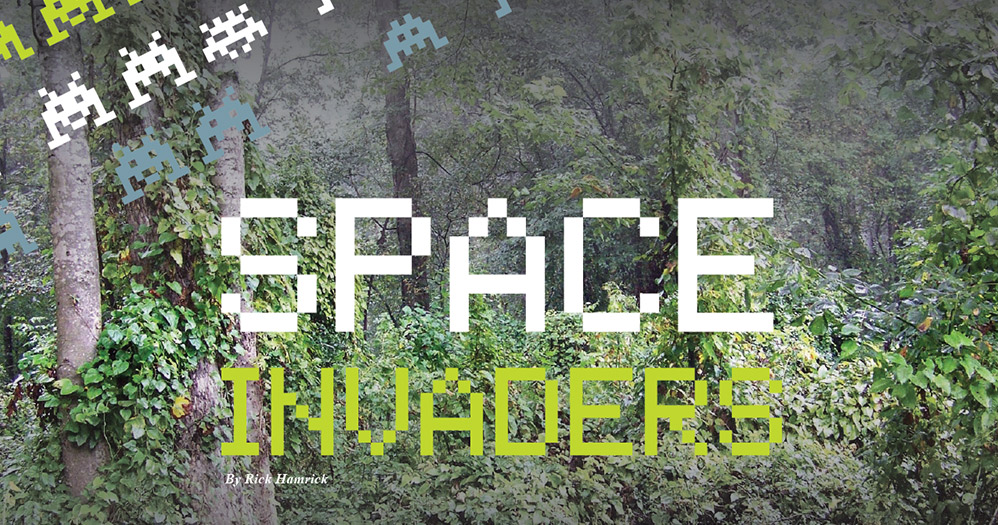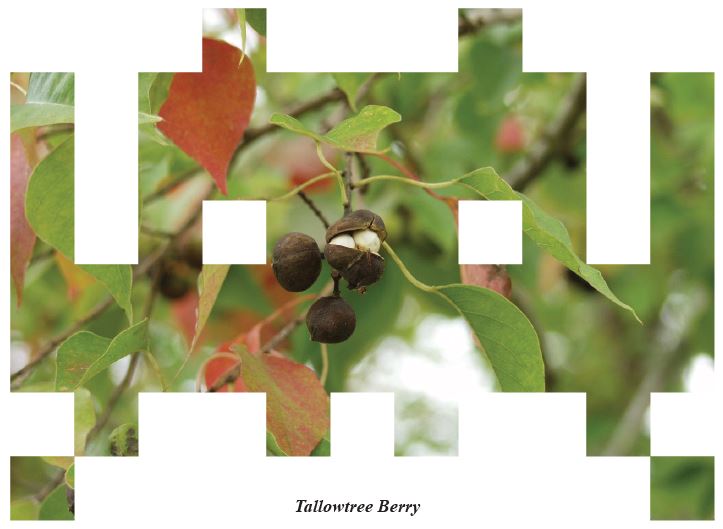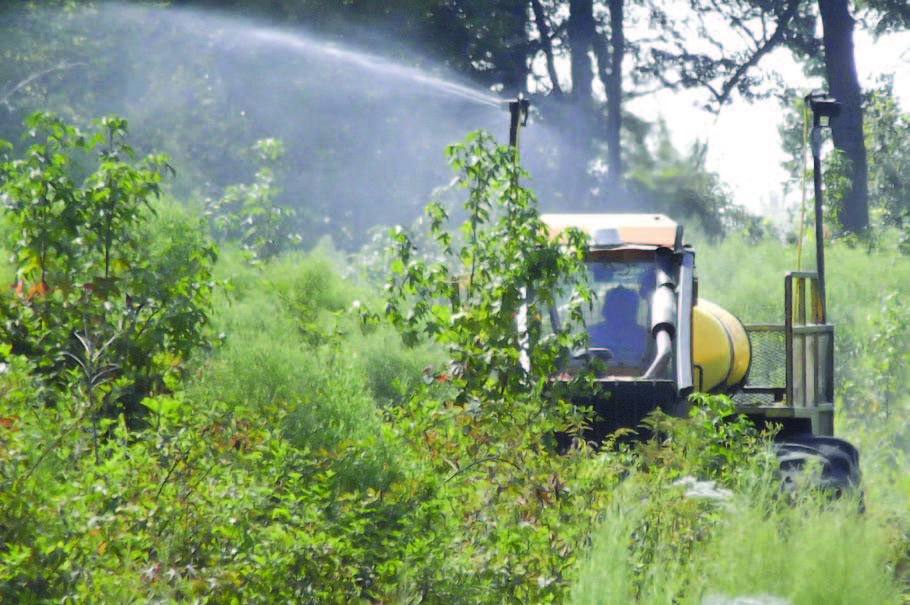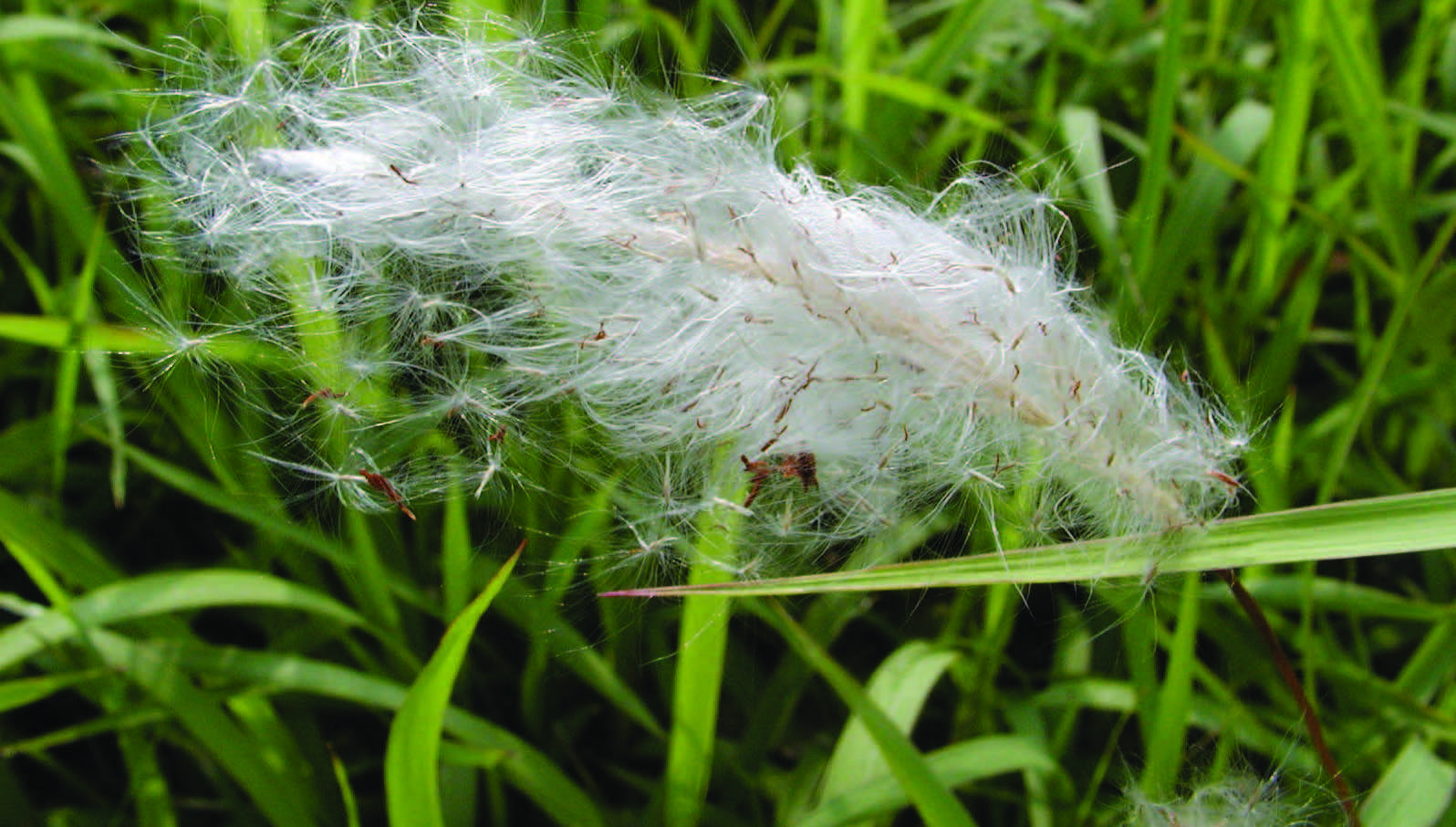Space Invaders: Defending Against Invasive Plants
5/22/2018 8:04:18 AM
By Rick Hamrick


Invasive plants, like an insidious disease, enter silently and cause havoc. They can degrade native habitats by displacing native plant species or altering habitat structure, which in turn can have serious adverse effects on wildlife.
These plants usually thrive and spread when introduced to an area outside of their native range. They are prolific reproducers and many take advantage of environmental disturbances such as fire, soil tillage, and timber harvests to become established. Unfortunately, we frequently use these tools to mimic natural ecological disturbances to manipulate habitat for wildlife management. As a result, we sometimes unwittingly set the table for invasive species to flourish. Thus, the land manager must be familiar with some of the worst culprits in the invasive species lineup and be prepared to combat those troublemakers.

For the landowner, invasive species are yet another worry like wind storms, trespassers, and thieves. Whenever possible, it is best to control invasive species when they first appear and before they become firmly and extensively established. One of the first steps in dealing with invasive species is learning to identify the problem. Sometimes intuition is a useful guide when something just does not seem right. If you see unfamiliar plants (or even familiar ones, for that matter) that are spreading rapidly and dominating a site, investigate further.
When an invasive plant problem is present, avoid spreading it to other areas or making the problem worse. Equipment like mowers, plows, bulldozers, and skidders may pick up seeds and roots and spread invaders to new areas on or off of the property. Additionally, the soil is exposed when using such equipment can provide the perfect seedbed for a number of invasive plants. Thus, it may be best to control invasive species before implementing specific management activities that could increase the problem. Sometimes it can be necessary to alter the timing or types of management activities used if invasive plants are flourishing.
Once identified, there are multiple ways of controlling invasive species:
Manual/Mechanical - hand pulling, cutting, tillage, prescribed burning;
Chemical Control - using herbicides to kill invasive plants;
Biological - introducing pathogens or insect pests that attack the plants (currently, few are available).
One or more of these methods can be most effective or practical to manage invasive plants. The technique used can be determined by the extent of the infestation, cost, site sensitivity (e.g., rare plants present, erosion concerns), and other reasons.
Contact a natural resource management professional, such as a wildlife biologist, forester, or agricultural specialist to help develop a plan for controlling invasive species. Control options may change over time as a result of new products or research. These professionals can help identify problems and provide guidance on the best methods for control. Other helpful resources include these publications: “A Field Guide for the Identification of Invasive Plants in Southern Forests” and “A Management Guide for Invasive Plants in Southern Forests,” both produced by the U.S. Forest Service and available for download by searching the titles online. A companion app, “Invasive Plants in Southern Forests: Identification
and Management,” is available for iPhone users. Other booklets and apps also are available to assist landowners in identifying and controlling invasive plants. Take advantage of all of the informational resources online, but do not hesitate to seek advice from professionals for more on-the-ground technical guidance.

Finally, when you do identify an invasive species problem, talk to your neighbors. There is a good chance there are more lurking in the neighborhood. Control strategies are likely to be more efficient when a whole community becomes informed and embraces combating our worst invasive species.
Here are some of the most notable:
Cogongrass
This is a nasty, invasive grass from Asia and Africa that is difficult to kill once it becomes firmly established. It is most prevalent in the southern part of Mississippi, but it is steadily increasing in occurrence in the north. This invasive grass is very flammable when dry and burns extremely hot. It is a fire hazard around homes, and forest burning in dense infestations may result in timber loss. Identifying characteristics are a white bloom and fuzzy seed head in spring (few if any other native grasses that may look similar bloom in spring). The leaves have a prominent, white-colored midrib that is often off-center. As it becomes established, patches of cogongrass will exhibit a distinct circular form. Heavy infestations can result in complete coverage of any area. It will grow almost anywhere. The light, fuzzy seeds are spread by wind and in grass clippings that are moved to new areas (such as hay). Parts of roots and stolons can also start new infestations. Cogongrass should be at the top of every landowner’s list for detection and control.

Cogongrass Mature Bloom
Chinese Tallow
The Chinese tallow is a small tree that was introduced from Asia for ornamental use and, at one time, soap making. It is also locally known as a chicken tree or popcorn tree. Tallow is more common in south and central Mississippi, but infestations can occur throughout the state. The oval, somewhat heart-shaped leaves taper to a point. The flowers produce a three-lobed capsule that contains seeds; when the capsule opens in late summer to fall, the seeds inside the capsule resemble popcorn. Tallow tends to grow in more moist sites, but it will also invade uplands. It can grow very dense and shade out native vegetation. The seeds are eaten by birds and can be transported and spread long distances in droppings. Flood water also moves seed to new areas.
Privet
These are large shrubs to small trees introduced from Asia that have become naturalized to most of Mississippi. Privets maintain green leaves through the winter. Mostly used for ornamental plantings and hedges, privets were once recommended for wildlife cover. Chinese privet is the most commonly seen of the privet species. Privet produces white flower clusters in spring and produces a cluster of fruits resembling small olives. Privet tends to grow in more moist sites, but it will also invade uplands. It can grow very dense and shade out native vegetation. Similar to tallow, the seeds are spread potentially long distances by birds and flood waters.
Kudzu
A perennial, leguminous vine, kudzu was introduced from Asia as an attempted livestock forage, soil stabilization cover, and ornamental. Kudzu is particularly prevalent in the Hill Country portions of Mississippi, although it can be found statewide. Kudzu is usually well-recognized, having compound leaves with three-lobed leaflets that are shed in winter revealing the large mass of stems. Kudzu can grow in a wide range of soils and is difficult to kill once established. Vines can grow up to 100 feet long and smother underlying vegetation. Well-established kudzu forms an almost impenetrable thicket for larger animals to move through. It can be a fire hazard in forests by serving as a ladder fuel for fires to climb into the crowns of trees. Kudzu spreads by seed that can be carried by wind, animals, and water. Parts of rooting stems and stolons carried to new areas can also start infestations.
Japanese Climbing Fern
This perennial climbing fern, native to Asia and Australia, was introduced as an ornamental plant. The climbing fern is most frequently found south of Interstate 20 but is steadily spreading northward through Mississippi. Climbing fern resembles a fine-stemmed vine, but the above-ground portions are fronds that have a triangular silhouette. It displaces and smothers native vegetation and can be a fire hazard in forests by serving as a ladder fuel for fires to climb into the crowns of trees. Climbing fern reproduces by spores spread by wind or clinging to equipment, clothing, and animals.
Other invasive plants are Autumn Olive, Japanese Stiltgrass, Johnsongrass, Mimosa, Sericea Lespedeza, Tree of Heaven, Tropical Soda Apple, and many others. The list of potentially invasive species can be discouragingly long. Proactive monitoring and management is the only solution to keeping invasive species in check. The best medicine is prevention whenever possible, but if we do get infested, we need the right prescription for treatment.
Rick Hamrick is the Small Game Program Leader for MDWFP.









